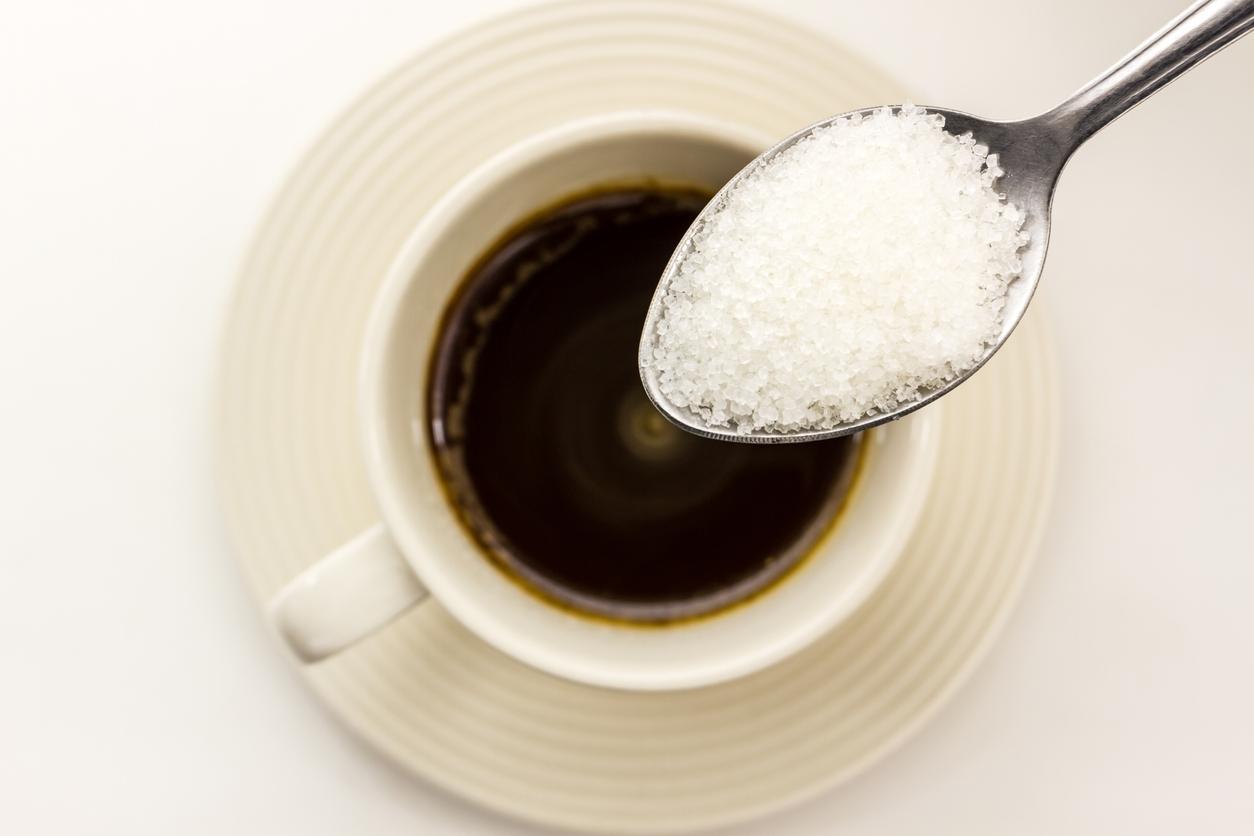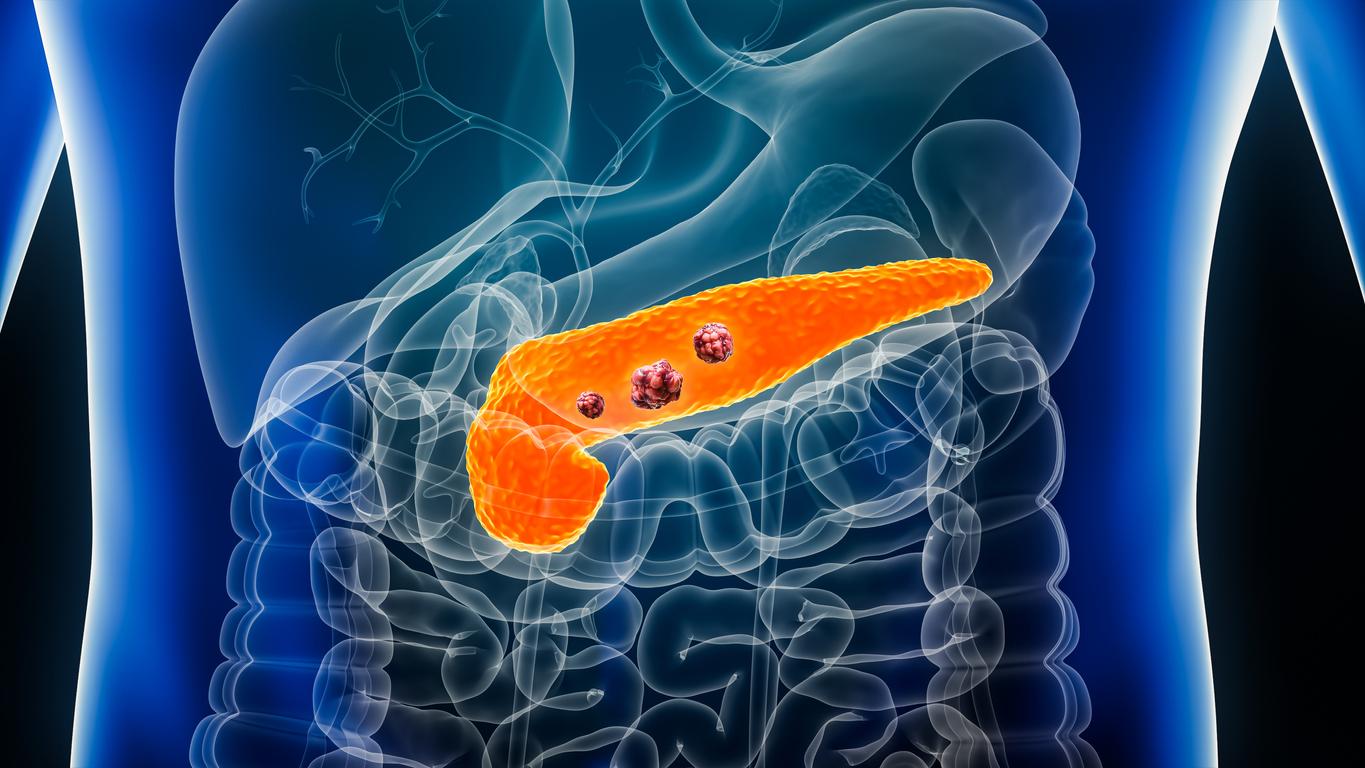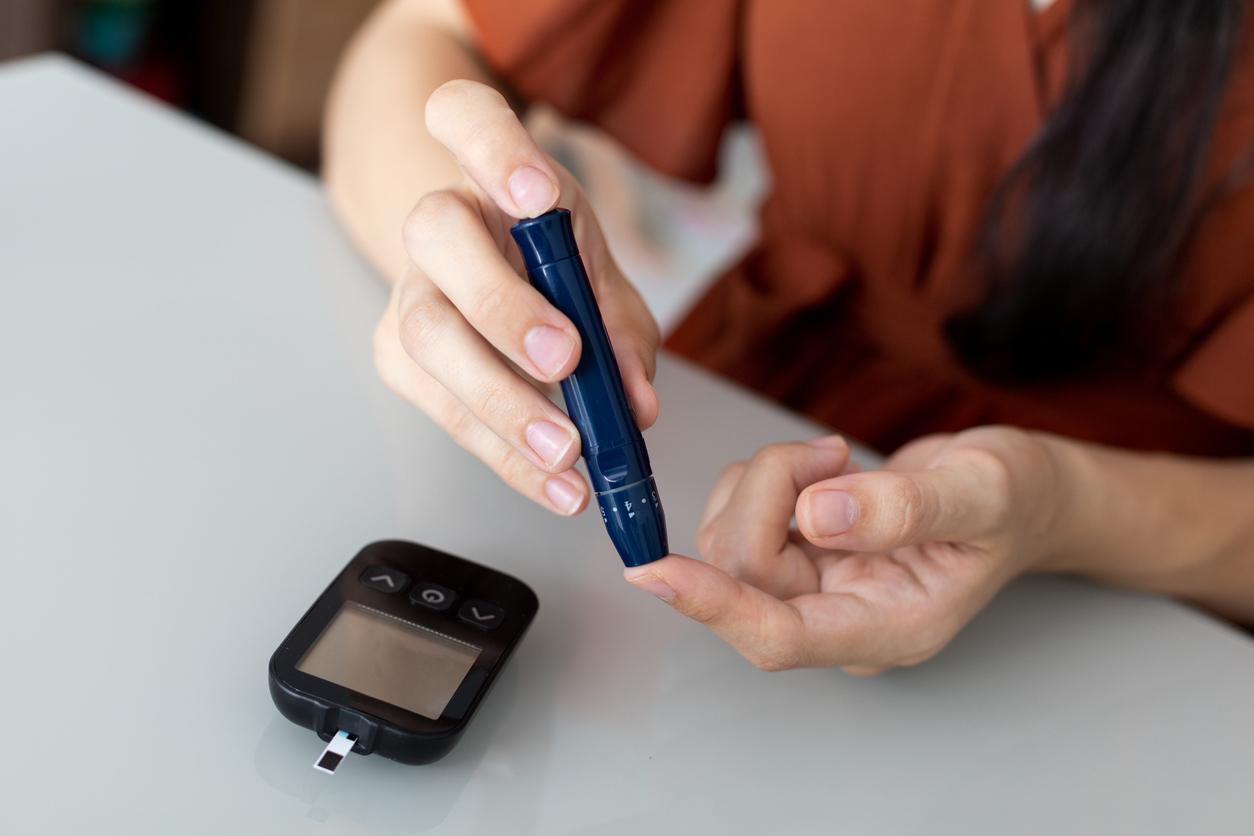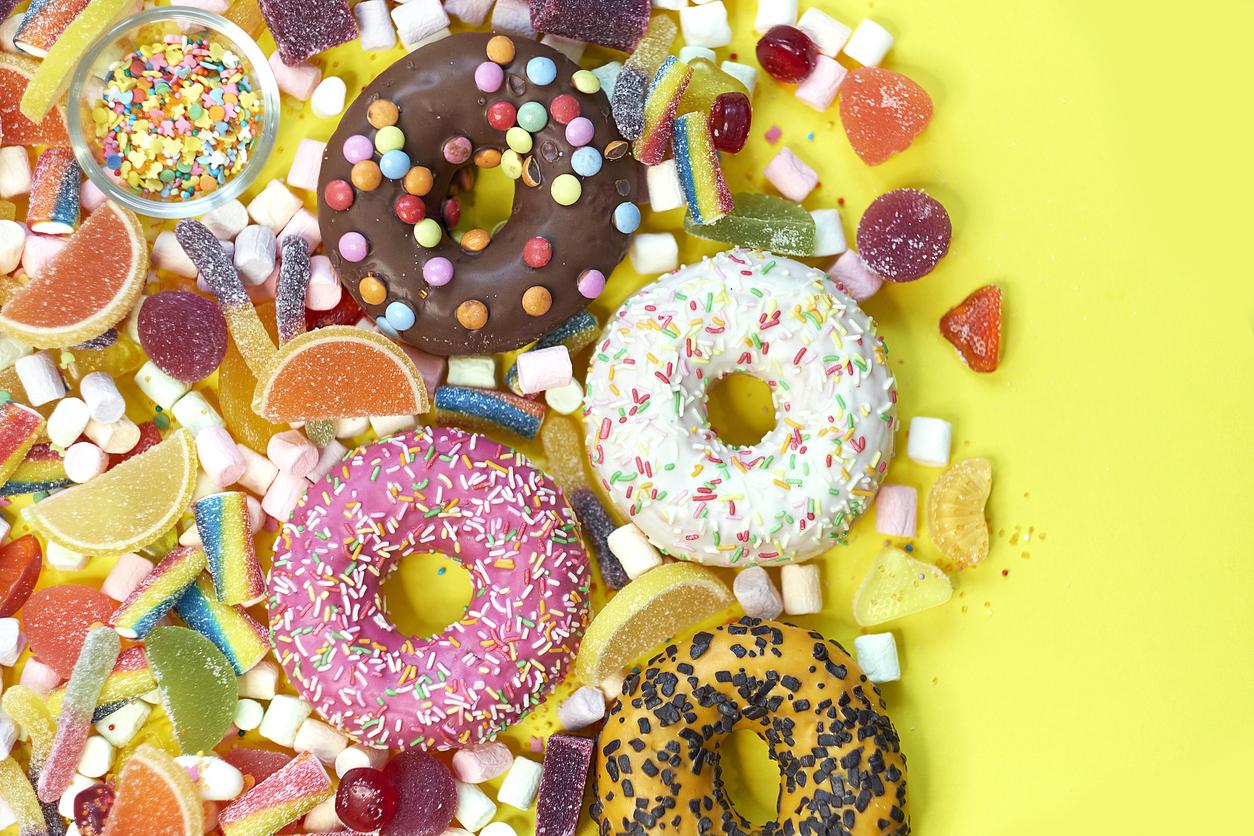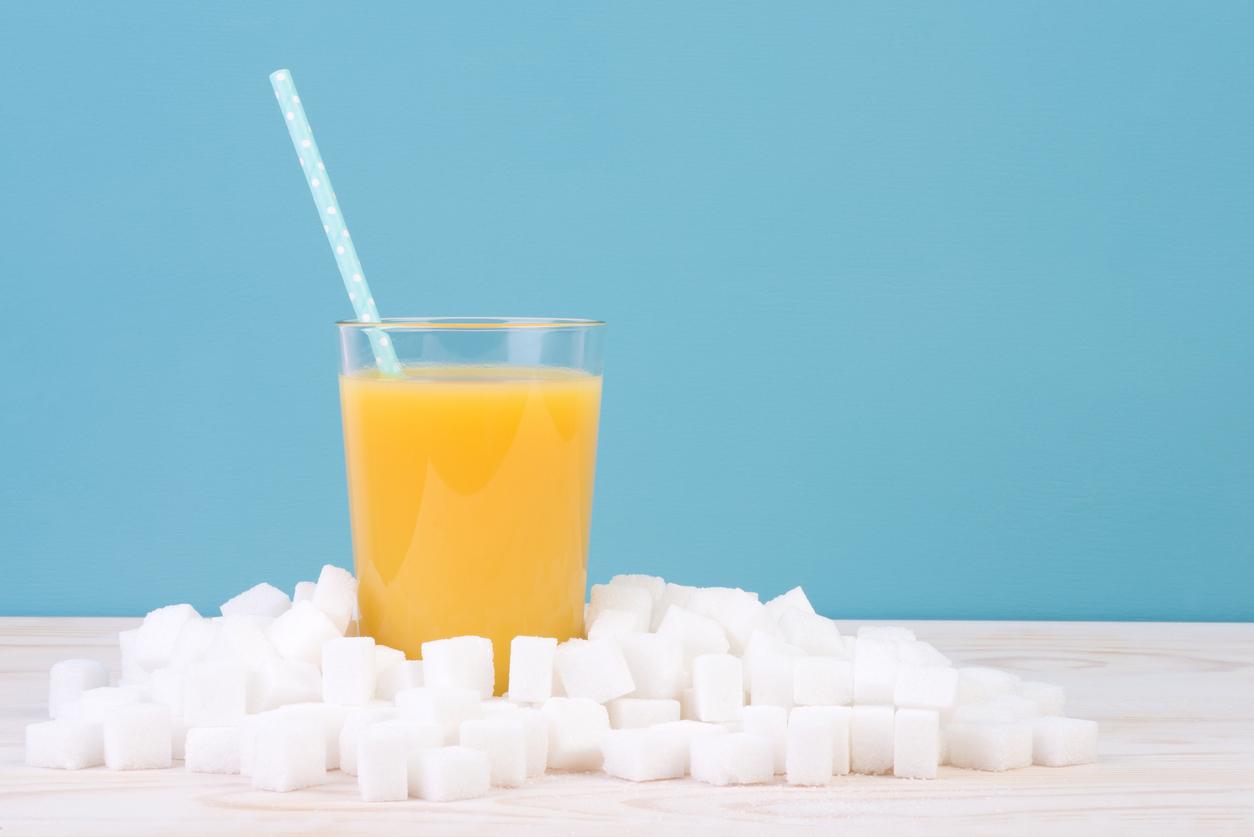
Refined sugars, unrefined sugars and free sugars
Sugar. It is a much discussed topic these days. More and more people are realizing that foods can naturally contain sugar, but it is also often added to foods. Yet the sugar intake of the average Dutch person is alarmingly high. What about those sugars? And how much can you get?
A little chemistry first
Sugars are carbohydrates, but carbohydrates are not the same as sugars. This is because there are many different types of carbohydrates. Carbohydrates are our main energy suppliers. Although there are several negative views about carbohydrates, there is nothing wrong with them. Our bodies even need carbohydrates. It is more important to take a critical look at the foods and the types of carbohydrates that are eaten.
saccharides
Another word for carbohydrates are saccharides. There are four types of saccharides. From largest to smallest these are the polysaccharides, oligosaccharides, disaccharides and monosaccharides. Ultimately, the body breaks down all saccharides into monosaccharides with the help of enzymes. These saccharides are so small that they can be absorbed into the bloodstream through the small intestine.
Polysaccharides consist of ten or more monosaccharides. Examples of polysaccharides are starch and dietary fiber in a wholemeal sandwich. Oligosaccharides consist of three to nine monosaccharides. Examples of oligosaccharides are galacto-oligosaccharide (GOS), malto-oligosaccharide and raffinose. These types of saccharides can be found, for example, in vegetables, grains and milk (products).
The disaccharides and the monosaccharides are the sugars. Disaccharides are made up of two monosaccharides (see table). Disaccharides occur, for example, in granulated sugar (sucrose), milk (lactose) and syrup (maltose) and are broken down into the monosaccharides glucose, fructose and galactose.
|
disaccharide |
|
monosaccharide |
|
monosaccharide |
Source |
|
sucrose (cane/beet sugar) |
= |
Glucose |
+ |
fructose |
Sugar, granulated sugar, cane sugar, invert sugar, fruit sugar, syrup |
|
lactose (milk sugar) |
= |
Glucose |
+ |
Galactose |
Milk and milk products |
|
maltose (malt sugar) |
= |
Glucose |
+ |
Glucose |
Beer and maltose syrup |
Other commonly used terms
In everyday life you will never hear someone say that he/she puts a spoonful of disaccharides in his/her coffee or tea. Terms you will hear regularly are refined sugars, unrefined sugars, and free sugars.
Refined and unrefined sugars
The term “refined” is derived from the factory process “refining”: the purification or separation of substances. For example, sugar beet (twenty percent of the trade) and sugar cane (eighty percent of the trade) form the basis of the production of refined sugars (such as granulated sugar and cane sugar). There are also unrefined sugars. These are the sugars that you naturally find in fruits, vegetables and dairy products.
Free sugars
Free sugars are mono- and disaccharides that are added (factory or manually) to foods and sugars that are naturally present in honey, syrups, fruit juices and fruit concentrate. This excludes the naturally present sugars in fruit, vegetables and dairy (products).
Digestion and metabolism of sugars
As described, the body breaks down all saccharides into monosaccharides with the help of enzymes. The body does not distinguish between refined, unrefined and free sugars. In other words, whether you add honey or a sugar cube to your tea, both foods provide a certain amount of monosaccharides and are digested in the same way. Natural products, such as honey, contain slightly more moisture and slightly more vitamins and minerals than pure sugar. However, the difference is too small to contribute/add value to our total vitamin and mineral intake and health.
As soon as the monosaccharides are absorbed into the bloodstream after digestion, the blood sugar level rises. The body anticipates this by causing the pancreas to produce the hormone insulin. Insulin ensures that the body cells “open the doors” for the sugars. The body cells can then use the sugars as an energy source. If the body ingests too many sugars to burn as an energy source, they are stored in sugar stores. When the sugar stores are also full, the excess sugars are stored as body fat.
Dutch sugar advice
The Dutch Health Council and the Nutrition Center have not drawn up any advice regarding the use of free sugars. The Health Council has indicated that there is insufficient substantiation to set a maximum per day for the use of free sugars. In contrast, the World Health Organization (WHO) does give a maximum recommendation for the use of free sugars, namely: a maximum of ten energy percent per day. This means that a maximum of ten percent of the kilocalories (kcal) that you consume daily may come from free sugars. Suppose you consume 2,000 kcal per day. Then a maximum of 200 kcal may come from free sugars. That is equivalent to fifty grams of free sugars. In other words, calculated back, a maximum of twelve to thirteen sugar cubes per day. In comparison: one highball glass of soft drink contains twenty-five grams of free sugars. That’s about six sugar cubes.
Dutch sugar consumption
In addition to the refined and free sugars that we add to foods ourselves, figures from Wageningen University (2014) show that approximately sixty products of our daily sugar intake come from sugars that are added to foods by the industry. Recently (2018) it was highlighted in the news that the Dutch consume one and a half to two times too many free sugars every day. This involved an average of thirty sugar cubes per day.
Consequences of high sugar intake: obesity and diseases
Sugar is not unhealthy, but it is if you consume too much of it. For example, it has been convincingly shown that (soft) drinks with added sugars increase the risk of type II diabetes mellitus. This has not been conclusively demonstrated for other foods rich in mono- and disaccharides. If you consume too many sugars (and too many kcal) for a longer period of time, you will have to deal with weight gain. If this results in overweight or obesity, the risk of, for example, cardiovascular disease, diabetes and cancer increases. In addition, a long-term, high sugar intake leads to a greater risk of caries (cavities/tooth decay).
Nutrient deficiency
There is a chance that people with a long-term, high sugar intake will develop a diet that is too one-sided. This means that they (consciously or unconsciously) omit healthy foods from their diet, which can lead to nutrient deficiencies. This can lead to complaints such as fatigue and/or headaches.
Energy level
When a quantity of refined, free sugars enters the body, blood sugar levels will rise rapidly. Depending on various factors (amount, type, consumption of other foods, etc.), a sugar peak occurs after about thirty to sixty minutes. Under the influence of the hormone insulin, the blood sugar level will drop again. About two hours after consumption, you may experience a mental energy dip.
Mood
Several scientific studies have been done to find out whether sugars affect mood (in a positive or negative sense). For example, there are studies that suggest that high blood sugar levels are associated with positive emotions and that low blood sugar levels are associated with negative emotions. In 2017, researchers from Wageningen University combined and studied the results of twenty scientific studies. From this they concluded that there is no clear acute effect of sugars on mood.
Addiction
Sugar-rich foods immediately make us feel good, because the reward center in our brain is activated. This makes us want to eat more of it. Although sugar can’t officially become an addiction, it can affect our habitual behavior and appetite. Do you eat a lot of sweet foods every day? Then there is a good chance that you will continue to stimulate the desire for it yourself.
Intolerances
People with a lactose and/or fructose intolerance develop gastrointestinal complaints from eating (too many) foods rich in sugars: lactose and/or fructose. Examples of complaints are a bloated stomach and abdominal pain. It is best to avoid such foods and replace them with other, healthy alternatives.
Conclusion
Although there are no recommendations in the Netherlands regarding the use of free sugars, it is clear that free sugars provide “empty kilocalories”. This means that they provide energy, but no (or hardly any) nutrients. It is not necessary to completely avoid foods with free sugars, but try to limit their consumption. Rather choose foods that do provide nutrients and health benefits. The labels on foods provide a lot of information.
Sources:
RTL Z (2018). Sugar alarm: Dutch people ingest 30 lumps every day.
Nutrition center. Fiber.
Nutrition center. carbohydrates.
Nutrition center. Is honey healthier than sugar?
Nutrition center. WHO releases new guidelines on free sugars.
Diabetes Fund. What is refined sugar?
Diabetes Fund. What does sugar do to your brain?
Knowledge Center Sugar & Food. “Consumption figures of total and added sugars in the Netherlands known”.
Knowledge Center Sugar & Food. Definitions carbohydrates and sugars.
Nu.nl (2018). “The Dutch are the victims of an unnecessary amount of sugars”.
Inspection Service of Value (2017). Sugar.
Knüppel A., Shipley MJ et al. (2017). Sugar intake from sweet food and beverages, common mental disorder and depression: prospective findings from the Whitehall II study. Scientific Reports.
Van de Rest O., van der Zwaluw NL, et al. (2017). Effects of glucose and sucrose on mood: a systematic review of interventional studies. Nutrition Reviews.
Giles GE, Avanzato BF, et al. (2018). Sugar intake and expectation effects on cognition and mood. Experimental and Clinical Psychopharmacology.








